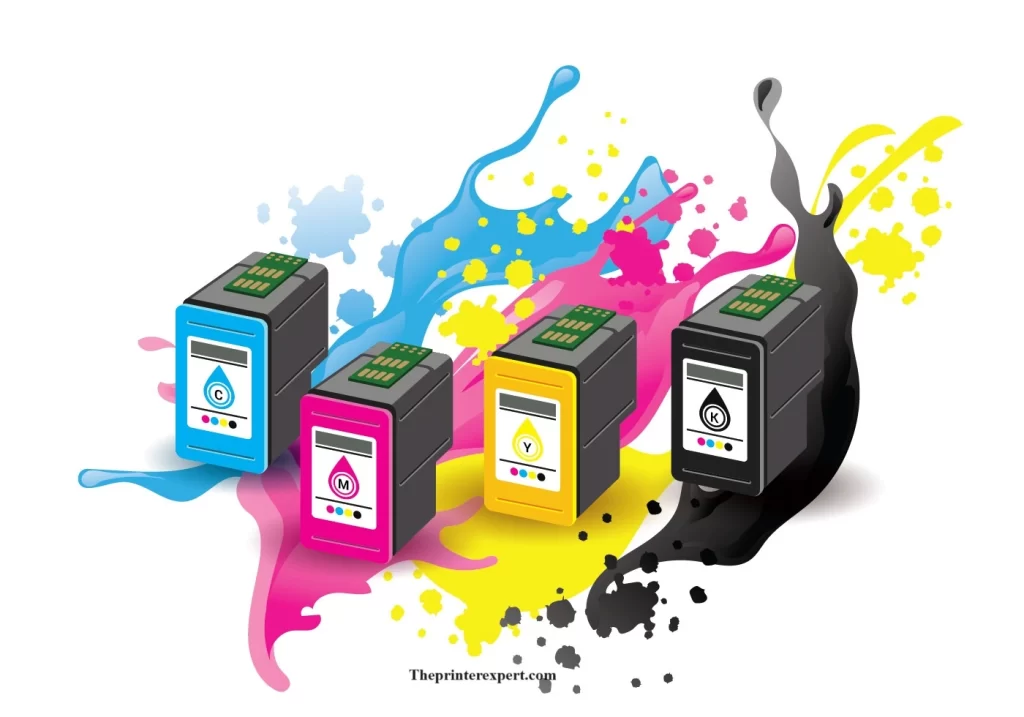DTF Printer Maintenance [Expert Guide 2025]
If you own a DTF printer, keeping it in top-notch condition is crucial for your business’s success. Proper DTF printer maintenance ensures your machine runs smoothly, delivers high-quality prints, and extends its lifespan.
Maintaining a printer is not difficult, it just demands your time and attention. If you’re already in DTF printing or wanna run into it, you’re at the right place. Here I have compiled the DTF printer maintenance tips to keep your equipment in tip-top shape. Interested?
Keep reading!
Table of Contents
How to do DTF Printer Maintenance?
You may have seen that low maintenance DTF printers have more orders than robust printers with complex machinery. For this, I have divided DTF printer maintenance work into four categories.
The very first you have to focus on it’s regular cleaning, then proper ink management, regular calibration, and setting a preventive maintenance schedule. Some of the practices are okay if you do them weekly and some of the tasks you can perform monthly.
Regular Cleaning for Optimal Performance
One of the fundamental aspects of DTF printer maintenance is regular cleaning. Dust, ink residue, and debris accumulate on various components, affecting print quality and causing jams. To make sure your DTF printer functions flawlessly, follow these cleaning steps:
Cleaning the Print Head: This is the most important daily maintenance task to prevent clogging. Gently clean the print head using a lint-free cloth or a suitable cleaning solution recommended by your printer’s manufacturer. Avoid using excessive force to prevent damage.
Cleaning Printing Platform: Regularly clean the printer top cover. Use a soft brush or lint-free dry cloth to remove dust and dirt from the platen and rollers. Use special DTF cleaning fluid to remove ink residue from maintenance stations, wiper blades, and nozzle plates. Keep the working platform clean and free of accumulated ink.
Clean Waste Ink Bottles: The waste ink bottle gathers waste ink from the daily nozzle cleaning process. The waste ink drain pipe connects to the waste ink bottle. Waste ink bottles must be emptied and cleaned regularly according to your daily printing tasks.
Cleaning the DTF Powder Feeding System: Dust and powder buildup clog the DTF powder-feeding system. Clean it thoroughly to maintain consistent powder distribution during printing.
Clean the Encoder Strip and Encoder Disc: The encoder strip and disc are used to track the position of the print head. If they become dirty, it can cause the print head to misalign, resulting in poor print quality. You have to clean these with a soft cloth or cleaning solution.
Lubricate the Moving Parts: The moving parts of the printer, like the print carriage and the ink tank, need to be lubricated regularly to prevent wear and tear. You can use a silicone spray or a light machine oil to lubricate the moving parts.

Proper Ink Management
Maintaining the right ink levels and quality is essential for DTF printer performance. Here’s what you need to do:
Check Ink Levels: Regularly monitor the ink levels in your printer. Make sure you have enough ink to complete your printing tasks without interruptions. If you’re not going to be using the printer for a few days, it is a good idea to top up the ink tanks anyway. This will help to prevent the ink from drying out and clogging the nozzles.
Use Genuine Ink Cartridge: Always use genuine ink cartridges or refillable ink tanks recommended by the printer manufacturer. Low-quality ink leads to poor print quality and damages your printer.
White Ink Maintenance: White ink is a main component in DTF printing. It is used to coat designs on colored clothes. If the white ink contains impurities, the nozzle will clog. When that happens, shake the ink to separate the contaminants. You can also use precipitation-free DTF ink. It prevents precipitation and eliminates the need for stirring and filtration.
Regular Calibration
Calibrating your DTF printer is necessary to avoid DTF printing problems. Follow these calibration steps:
Color Calibration: Perform color calibration for accurate color reproduction. Use the printer’s built-in calibration tools or software for this purpose.
Media Calibration: Adjust the printer settings to match the type of media you’re using. Proper media calibration prevents ink smudging and give consistent results.
Preventive Maintenance Schedule
To keep your DTF printer running smoothly, create a preventive maintenance schedule. Here’s what it should include:
Scheduled Cleanings: Set a regular cleaning routine, depending on your printer’s usage. It could be weekly or monthly, but consistency is key.
Ink Replacement: Plan ink cartridge replacements every month, or sooner if necessary. It’ll help to ensure the ink is fresh and flowing smoothly.

Professional Servicing: Consider professional servicing at least once a year to address any potential issues and keep your printer in peak condition.
Store the Printer in Moisture-free Environment: When you are not using the printer, cover it with a dust cover to protect it from dust and dirt. It’s also important to store the printer in a dry environment, as moisture can damage the electronic components.
Update Software: A regular software update keeps your printer’s do work efficiently with various designs. It improves the user experience and makes printing more smooth for novices. Plus, software updation prevents the down the line issues.
Benefits of DTF Printer Maintenance
Here are some of the etching benefits of DTF printer maintenance that compel you to clean your printer.
- Prolongs Printer Lifespan: Regular cleaning of your DTF printer extends its lifespan and saves you from costly replacements. If not done regularly, ink residues accumulate and cause clogging and jamming.
- Reduces Downtime: Regular DTF printer maintenance prevents breakdowns and keeps your production line moving without delays, meeting deadlines with ease. It helps you save you save big on unexpected costs
- Enhanced Ink Efficiency: Proper care optimizes ink usage, reducing waste and maximizing your printer’s output with every job.
Conclusion
In conclusion, proper DTF printer maintenance is essential for optimal performance and longevity. Regular cleaning, ink management, calibration, and a well-planned preventive maintenance schedule verify your DTF printer will consistently deliver high-quality prints for years to come.
By following these maintenance guidelines, you can maximize the efficiency to produce outstanding prints for your printing business. Take proactive steps to maintain your equipment, and you’ll reap the benefits in terms of consistent quality and cost-effectiveness in the long run.
